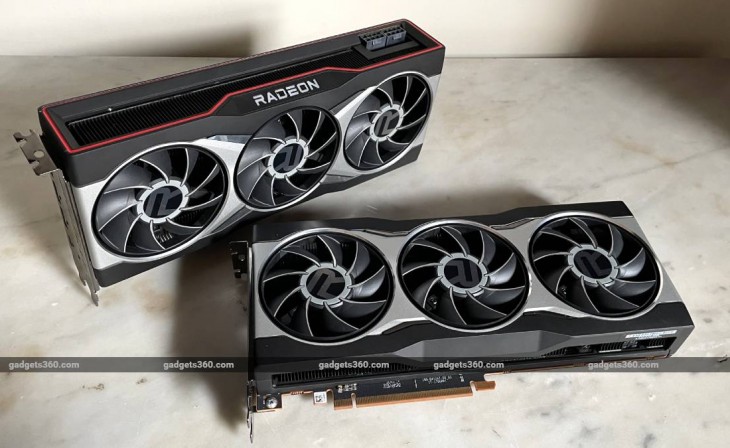The Evolution of AMD's Radeon RX 6800 XT: A Flagship GPU
Introduction to AMD's Flagship GPU Journey
The Struggle for a Flagship
AMD, inheriting the Radeon brand from ATI, has faced challenges in consistently producing flagship GPUs. With ATI crafting numerous flagship cards in its six-year tenure and AMD owning the brand for 17 years, the release pattern has been sparse. The need for a high-end gaming GPU revival became evident by 2020, three years after the last significant release.
The Road to Radeon RX 6800 XT
Laying the Groundwork with RDNA
AMD's journey to its next flagship began with a strategic shift. Post the RX Vega's underwhelming performance in 2017, AMD shifted its focus. It embraced TSMC's 7nm node and introduced a new RDNA graphics architecture in 2019 with the RX 5000-series, culminating in the upper-midrange RX 5700 XT.
The Birth of RDNA 2 and Big Navi
The success of the 7nm node and RDNA 1 architecture laid a solid foundation for AMD's next venture - the development of RDNA 2. This new architecture birthed the Navi 21 GPU, aka Big Navi, marking AMD's return to the flagship scene in 2020. While the RX 6900 XT was the top-end model, the more accessible RX 6800 XT became the focal point.
Also Check Exploring Nvidia's Ada Lovelace Architecture and Its Future Impact on GPUs
The RX 6800 XT: A Game Changer
Unprecedented Performance
The RX 6800 XT distinguished itself with its ability to exceed 2GHz speeds, surpassing the Nvidia GPUs of the time. It boasted 16GB of GDDR6 memory and an impressive array of graphics cores. The introduction of AMD's Infinity Cache was a game-changer, significantly enhancing bandwidth efficiency.
Competing with Nvidia's RTX 3080
The RX 6800 XT positioned itself as a formidable rival to Nvidia's RTX 3080, offering comparable speeds, lower power consumption, and a more attractive price point. Although AMD incorporated ray tracing in RDNA 2, its primary focus was on rasterization performance, signaling a 'Radeon's Ryzen moment'.
Challenges and Market Realities
The GPU Shortage Crisis
Despite its technological prowess, the RX 6800 XT's impact was initially muted due to the pervasive GPU shortage in 2020 and beyond. This scarcity inflated prices, making the GPU virtually inaccessible to many consumers.
The Turning Tide of GPU Availability
The GPU shortage eventually subsided by mid-2022, influenced by the decline of Ethereum mining. This shift led to a steady decrease in GPU prices, with the RX 6000-series dropping below MSRP, offering unprecedented value.
The RX 6800 XT in Today's Market
Pricing and Value
Currently, the RX 6800 XT stands out for its cost-effectiveness, priced around $480, in stark contrast to the RTX 3080's $700 price range. While it may lag slightly in ray tracing and upscaling technology, its price-performance ratio is unmatched.
Comparisons with the New RX 7800 XT
Comparing it to the newer RX 7800 XT, the RX 6800 XT holds its own. The RX 7800 XT, while more power-efficient, is more of a parallel upgrade than a significant leap forward.
Conclusion: AMD's Resurgence in the GPU Market
The Radeon RX 6800 XT's journey highlights AMD's resilience and innovation in the GPU market. Overcoming past challenges, AMD delivered a flagship GPU that not only competes with but in many ways surpasses its rivals, particularly in terms of value for money. As the market stabilizes and GPU availability improves, the RX 6800 XT stands as a testament to AMD's commitment to high-performance, cost-effective gaming hardware.




